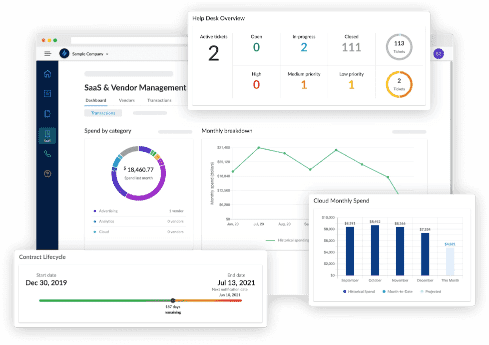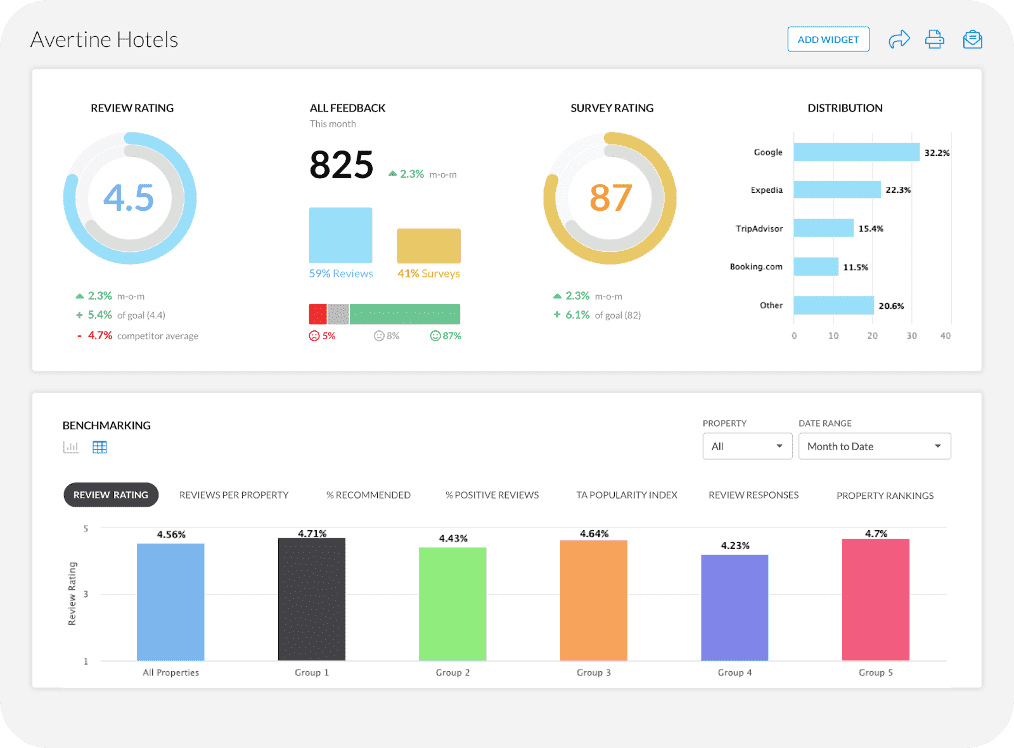Building a scalable application is not a big deal but not a piece of cake. An application with high scalability and performance must be maintainable as its size grows.
React and Redux when used together bring matchless perks to your application. It develops a robust framework for managing UI components and state management in a scalable manner.
CodingCops is here with a new informative article on React and Redux. In this article, you will get to understand React and Redux, features, and other information that helps you in web development.
Let’s dive in!
React and Redux – A Basic Understanding
React is a JavaScript framework for constructing user interfaces while Redux is a state management library that implements the one-way data flow of the application state.

In short, together they assist in constructing intricate GUIs having well-defined behavior and minimal issues.
- React enables you to split the user interface into manageable components that can own their state or rely on a global state store.
- Redux assists React in providing a structure of sharing states across the different components.
Component-Based Architecture in React

React is highly scalable due to its component-based architecture that helps building blocks of the app and equips developers to break down the UI into smaller, isolated components.
Functional Components and Hooks
React introduced functional components and Hooks to help handle state and lifecycle methods without using class-based components. Functional components do not have a state by default but can manage state and side effects using hooks.
Some common Hooks include useState, useEffect, and useReducer. This strategy helps in developing reusable and testable code.
- Functional Components: It is a simple function that accepts props and returns JSX.
- Hooks: With Hooks, functional components can deal with state (useState), as well as side effects (useEffect) and complex state management (useReducer).
State Management with Redux
The management of the state also becomes a problem with the increasing size of the app. Redux provides a stable system to handle the state with the help of some basic rules.
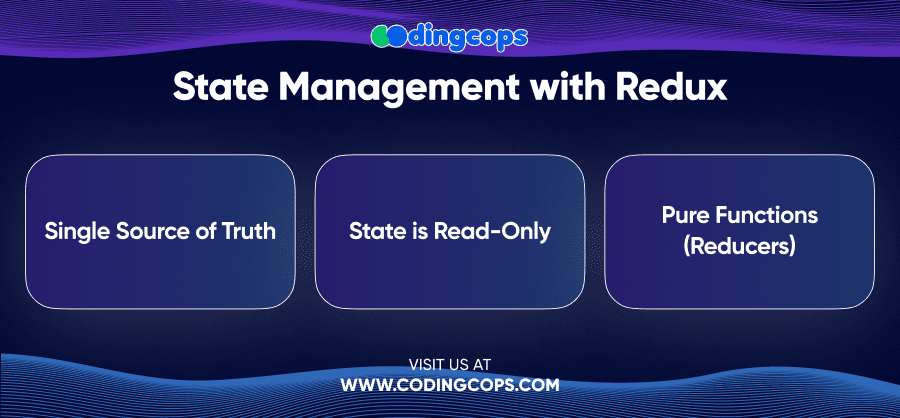
Single Source of Truth
In Redux, there is only one JavaScript object containing the whole application state, called the store. This centralization makes it easy for any component to access the state and also debugging is easier since it gives a clean snapshot of the app at any given time.
State is Read-Only
Redux achieves state immutability by making it read-only and enforcing the use of pure functions on this state. A component cannot change the state, it sends actions that describe what happened, and the reducers change the state.
Pure Functions (Reducers)
Reducers are also pure functions that accept two parameters: the current state and an action. Moreover, they must return to the new state without any side effects. This makes the behavior of the app predictable and easier to test.
Component Design and Organization
You can improve the scalability of a component structure by organizing it. Organization refers to code reusability, maintainability, and easy debugging.
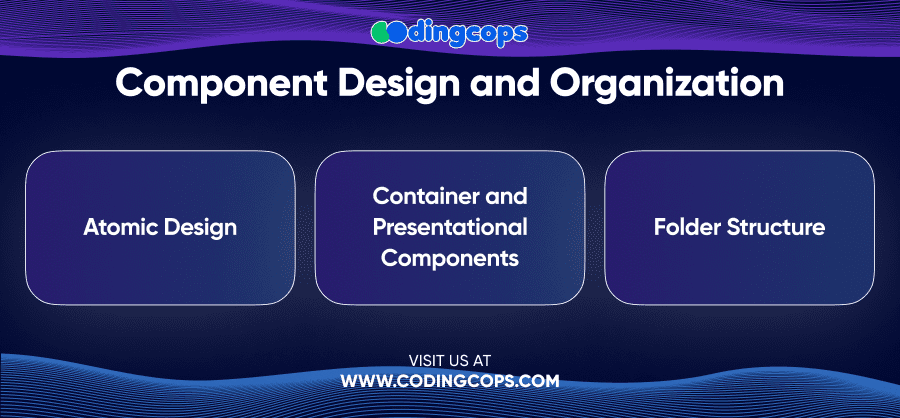
Atomic Design
Atomic Design is a process where the UI is broken down into parts called atoms such as buttons and inputs, molecules which can be a form field, organisms that are full form, templates, and pages.
This approach gives you the ability to construct reusable components at high complexity levels and is helpful when it comes to managing large applications.
Container and Presentational Components
There is a common practice in React to keep the components separate. So, the components are segregated into two categories:
- Container Components: These components are made to handle the business logic, manage the state, and communicate with Redux.
- Presentational Components: These components focus on UI and get data from the container components through props.
Folder Structure
Structuring folders is extremely crucial to maintaining and scaling your codebase. Folder structuring equips you with easy navigation through the application’s codebase and makes the application scalable while new features are added.
State Management Strategy
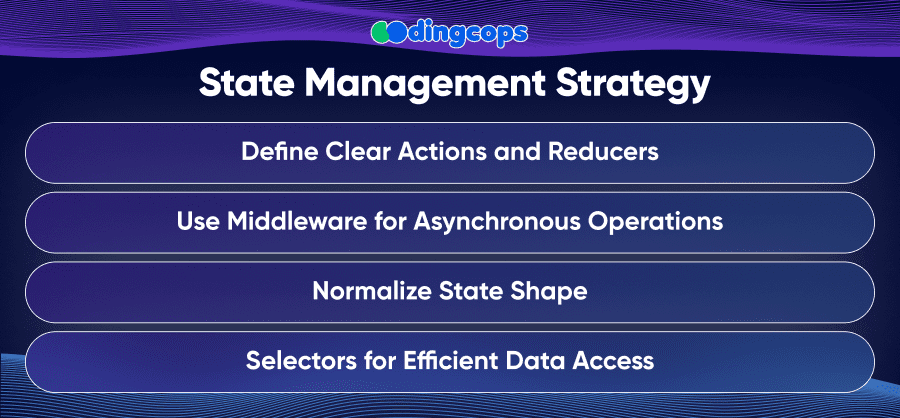
Successful management is critical for creating a scalable architecture. Here are a few things to think about when designing your Redux state:
Define Clear Actions and Reducers
Redux actions must clearly state what event has occurred and what triggered them (e.g., ADD_TODO, DELETE_USER, etc). Reducers should process each action type and properly manage the state. This makes the state management logic more predictable and easy to debug if there is any problem with the state.
Use Middleware for Asynchronous Operations
When working with large-scale applications, state management becomes challenging due to asynchronous operations such as API calls. Redux middleware like redux-thunk or redux-saga can manage side effects such as API requests, by dispatching an action when the asynchronous event is finished.
Normalize State Shape
With the growth of your application, nested states become a hassle to manage. Normalize the state shape by storing related data objects and use IDs as keys to help structure relationships between pieces of state and make them more efficient.
Selectors of Efficient Access to Data
Selectors are functions that filter some data of the state. This way you can select the state, save unnecessary re-renders, and make your code more maintainable, also with the help of libraries like reselect to memo selectors.
Scalability and Performance Optimization
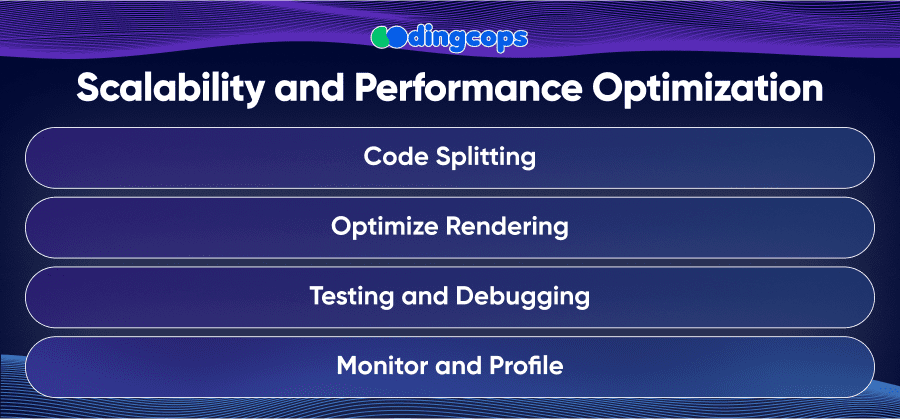
In any React or Redux project, one of the critical things to achieve as the application scales is the performance of the application. Here are some recommendations that can be implemented to ensure high performance and scalability are achieved.
Code Splitting
The concept of code splitting means that you can have your app’s bundle split into pieces which will be loaded as and when needed. This enhances the first-launch performances and the overall performance of the application.
React has out-of-the-box support for code splitting through React.lazy and Suspense.
Optimize Rendering
There is a problem with size in React and it’s seen in the rendering stage of larger apps. It is possible to prevent this by using the shouldComponentUpdate lifecycle method or React.memo in functional components.
Don’t forget React’s useCallback and useMemo hooks which memoize functions and expensive computations.
Testing and Debugging
Quality assurance is important for a scalable application to be reliable and performant; Jest and React Testing Library can be used for unit tests while Redux DevTools can be used for debugging state changes.
Check the application’s key components, for example, reducers, parts of the application, actions, and side effects.
Monitor and Profile
Some of the profiling tools are; Profiler offered by React or browser development tools. Profiling allows you to find out whether there are some slow-moving aspects of your application, be they certain components, or excessive memory usage.
Conclusion
Building a scalable architecture of the React application is effortless if React developers follow the given best practices. React and Redux equip the developers with component design, state management, and performance optimization for building scalable and maintainable applications. An application with scalable architecture ensures a smooth user experience and simplifies the processes of adding new features and components.





